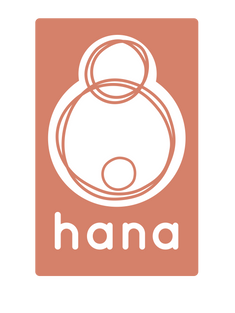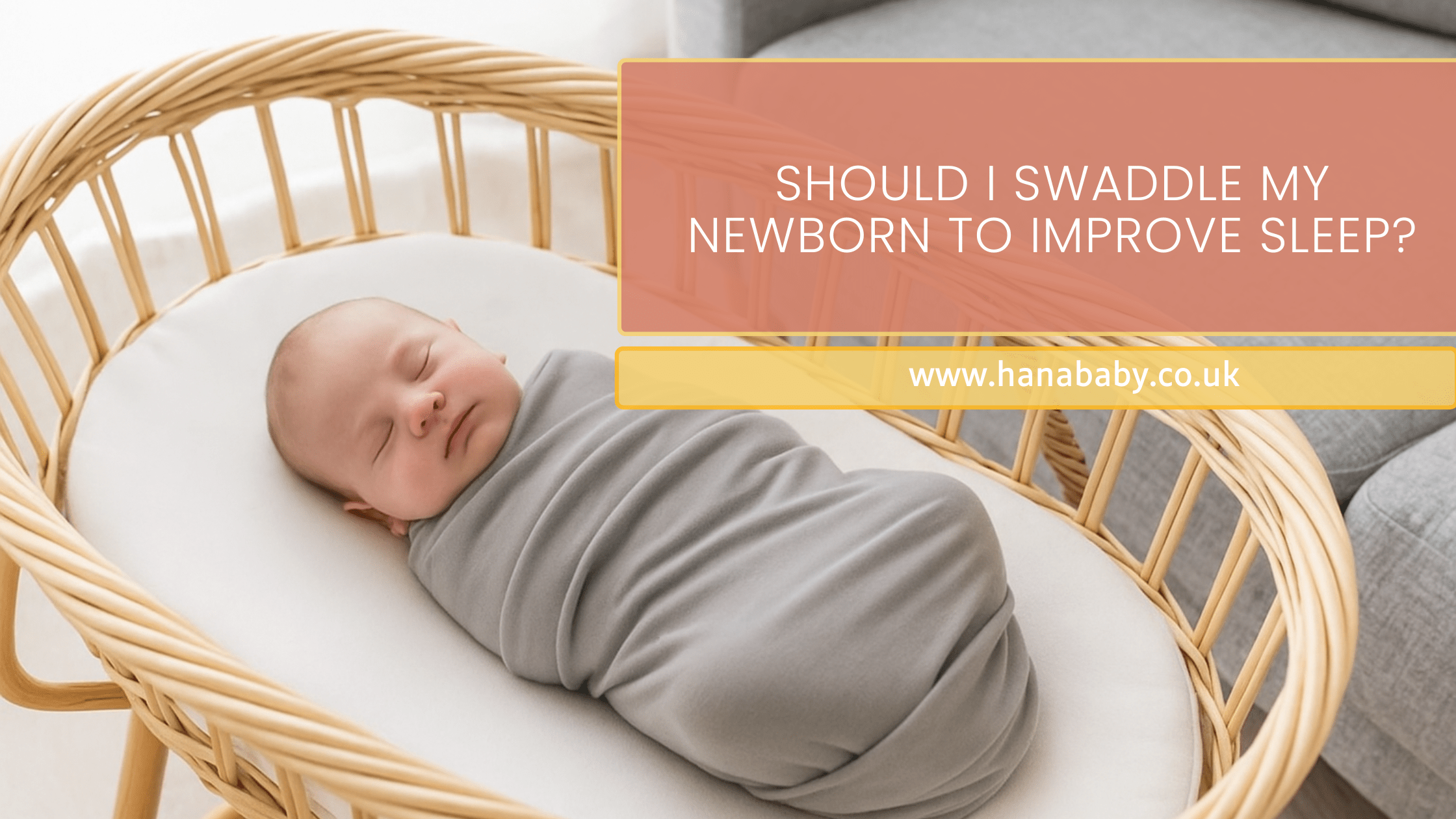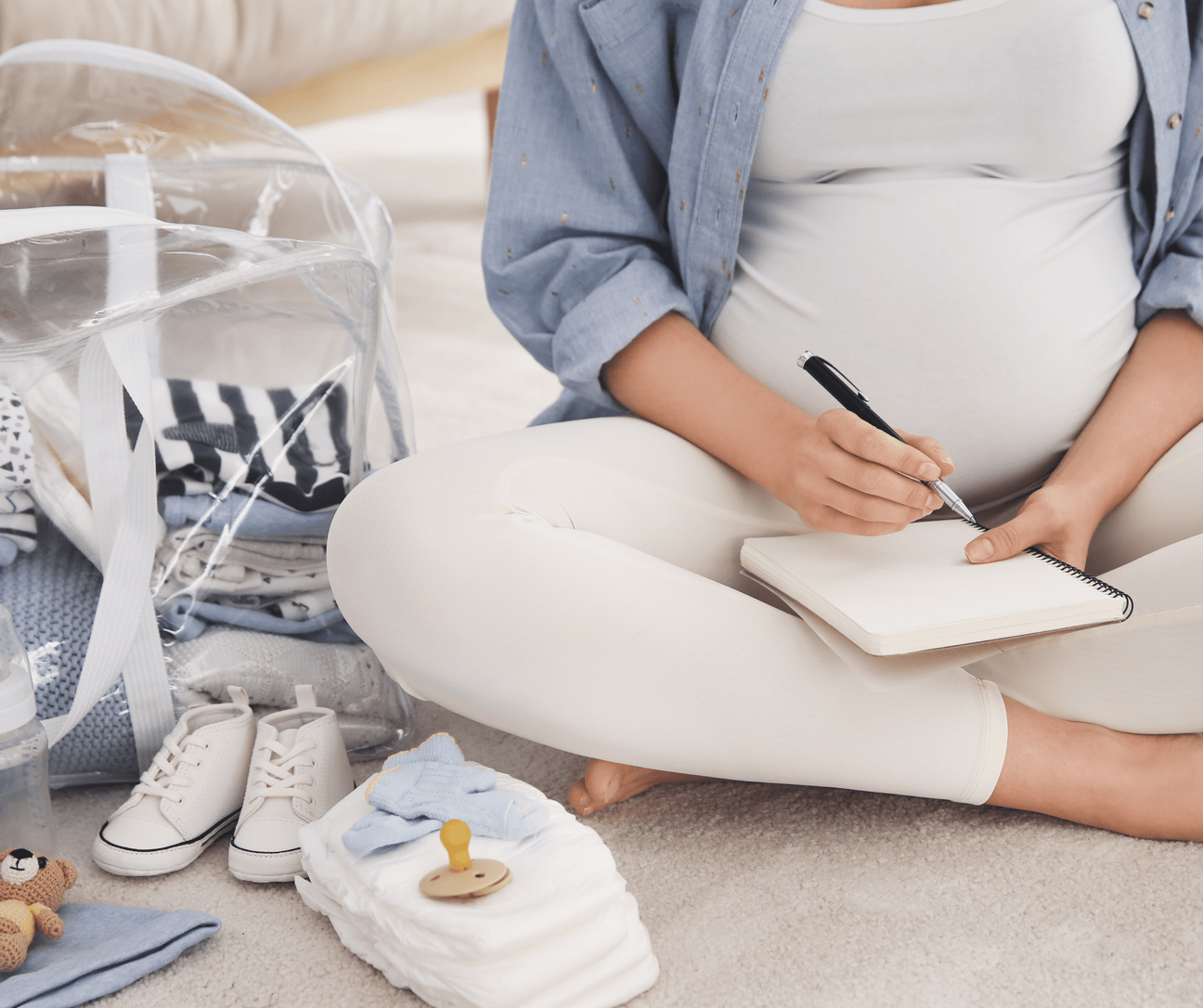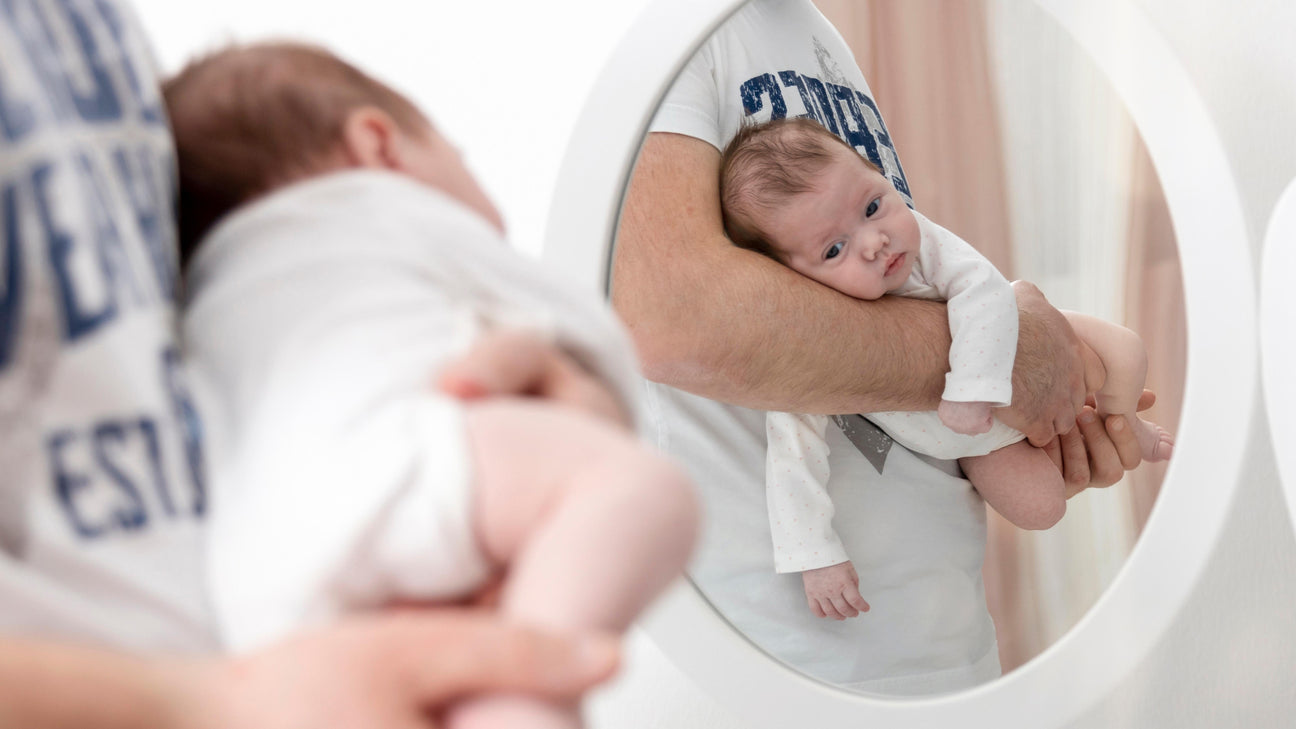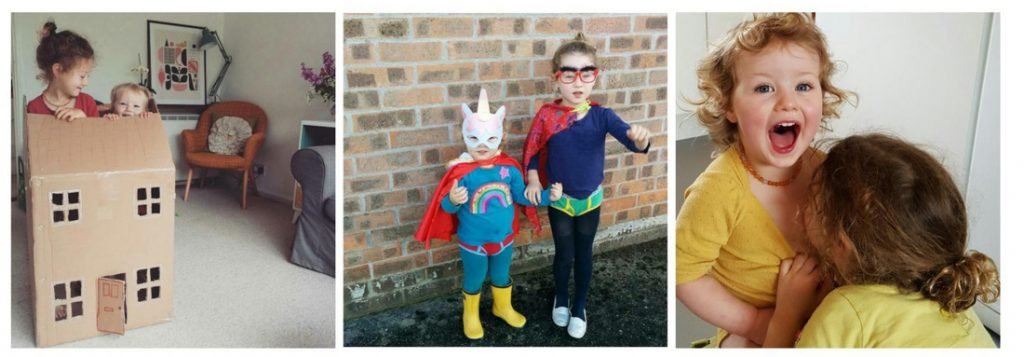Steph Wood, a gentle sleep coach and founder of Moonchild Holistic Sleep, shares her expert guide to swaddles for newborns: what they are, how to use them safely and when to stop.
As a holistic sleep coach, one of the most common questions I receive from new parents is: “Should I swaddle my newborn to improve sleep?”
It’s a good question: especially when you’re navigating the early weeks of parenthood and doing your best to help your baby sleep in a calm and loving way. Swaddling can be a very comforting tool for newborns, but it’s not right for every baby or family.
In this guide, I’ll walk you through the benefits of swaddling, when and how to do it safely, what types of swaddles for newborns are available, and how to know when it’s time to stop.

What is swaddling?
Swaddling involves wrapping your baby snugly in a lightweight, breathable blanket or sleep wrap to recreate the secure feeling of the womb. It’s an ancient practice that has stood the test of time, and for good reason. When used safely, swaddling can soothe babies, reduce startling and help them sleep more soundly.
In the fourth trimester (the first three months of life) babies are adjusting to life outside the womb. Swaddling helps them feel grounded, warm and secure.
Is swaddling safe?
Yes, swaddling can be safe when done properly and in line with modern sleep safety guidelines. However, incorrect swaddling, such as using thick materials, wrapping too tightly or continuing once baby shows signs of rolling – can all increase risks.
According to the NHS:
- Babies should always be placed on their back to sleep, including when swaddled.
- Use thin, breathable materials.
- Ensure your baby doesn’t overheat. Keep the room at a comfortable temperature.
- Keep the swaddle below the neck so the baby’s face is always free.
The Lullaby Trust also advises:
- Stopping swaddling as soon as baby begins to roll.
- Keeping the swaddle loose around the hips to avoid hip dysplasia.
- Never placing a swaddled baby on their side or stomach.
The benefits of swaddling
From a holistic perspective, swaddling is more than just a sleep strategy: it’s a tool that supports the emotional and physical regulation of your newborn. Here’s how it helps:
1. Supports better sleep
Swaddling helps reduce the startle (Moro) reflex, which can cause a baby to jerk awake suddenly. By keeping the arms gently tucked, your baby can enjoy longer, uninterrupted sleep stretches.
2. Creates a sense of security
Your baby has spent many months nestled in the snug, secure space of your womb. A swaddle offers gentle containment that mimics that feeling, easing the transition to the outside world.
3. Calms an overstimulated nervous system
Swaddling can soothe fussiness by limiting overwhelming sensory input and helping your baby feel more contained and grounded.
4. Encourages predictability and routine
Used as part of a calming bedtime ritual, swaddling can become a sleep cue (a way to help your baby learn it’s time for rest).
Types of swaddles for newborns
Choosing the right swaddles for newborns is key to making sure your baby is safe and comfortable. Here are the most common types:
- Muslin or cotton swaddle blankets
Soft, breathable and versatile. These require manual wrapping and are ideal for parents who want flexibility and a natural fabric.
- Swaddle wraps with Velcro or snaps
These are pre-shaped with fasteners, making it easier to get a consistent snug wrap, especially helpful during night-time changes.
- Zippered swaddles or sleep pouches
These are quick and fool-proof, often allowing for hands-up positioning. Many also offer transition features like zip-off sleeves.
- Transitional swaddles
Once baby starts showing signs of rolling, these allow one or both arms out while still offering some compression for comfort.
Tip: Look for swaddles made from breathable, natural fibres like organic cotton or bamboo, which are gentle on sensitive skin and help regulate your baby’s temperature.

How to swaddle a newborn safely
If you're using a traditional swaddle blanket, here’s a simple method to follow:
- Lay the blanket flat in a diamond shape and fold the top corner down slightly.
- Place your baby on their back with their shoulders just below the fold.
- Bring one side across and tuck it under your baby’s body.
- Fold up the bottom, ensuring room for the hips and knees to move freely.
- Wrap the other side across and tuck it under their back.
Key swaddling safety tips:
- Swaddling should be snug but not tight, especially around the chest.
- Hips and legs should be able to move freely in a “frog” position.
- Always place your baby on their back to sleep.
- Stop swaddling immediately if baby shows signs of rolling.
When to stop swaddling
It’s vital to stop swaddling once your baby shows any signs of trying to roll over. This can happen as early as eight weeks, although many babies reach this stage between 10-12 weeks.
A swaddled baby who rolls onto their stomach may be unable to lift their head, increasing the risk of SIDS (Sudden Infant Death Syndrome).
Transitioning out of swaddling:
- Begin by leaving one arm out for a few nights.
- Then both arms, while continuing to use the swaddle or a sleep sack for comfort.
- Keep your bedtime routine consistent to help smooth the transition.
Common questions from parents
“What if my baby hates being swaddled?”
Some babies don’t take to swaddling. You can try a hands-up swaddle or swaddle with one arm out. If your baby still resists, don’t force it. Lots of babies sleep well without swaddling (my own included).
“Should I swaddle for naps?”
You can, yes, as long as your baby isn’t rolling and you follow the same safety rules. Using the swaddle consistently for both naps and night sleep can help reinforce sleep cues.
“Can I swaddle my baby if we co-sleep or bedshare?”
Swaddling is not recommended if you’re co-sleeping or bedsharing, as it can increase the risk of overheating and reduce your baby’s ability to move or alert you. If you’re sleeping in the same room but not the same sleep surface, swaddling can be used safely in a crib or Moses basket.

Summary
Swaddling can be a nurturing, effective tool during the early weeks. For many newborns, it provides the safety, comfort and structure they need to settle and sleep more peacefully.
That said, it’s not a one-size-fits-all solution. Tune into your baby’s cues, stay informed on safety guidelines and don’t be afraid to experiment gently. Whether or not your baby enjoys swaddling, what matters most is that you’re creating a responsive, loving sleep environment.
And remember, you don’t have to navigate this alone. If you’d like 1:1 support with your little one’s sleep, I’m here to help.
Pin It Now, Read It Later

